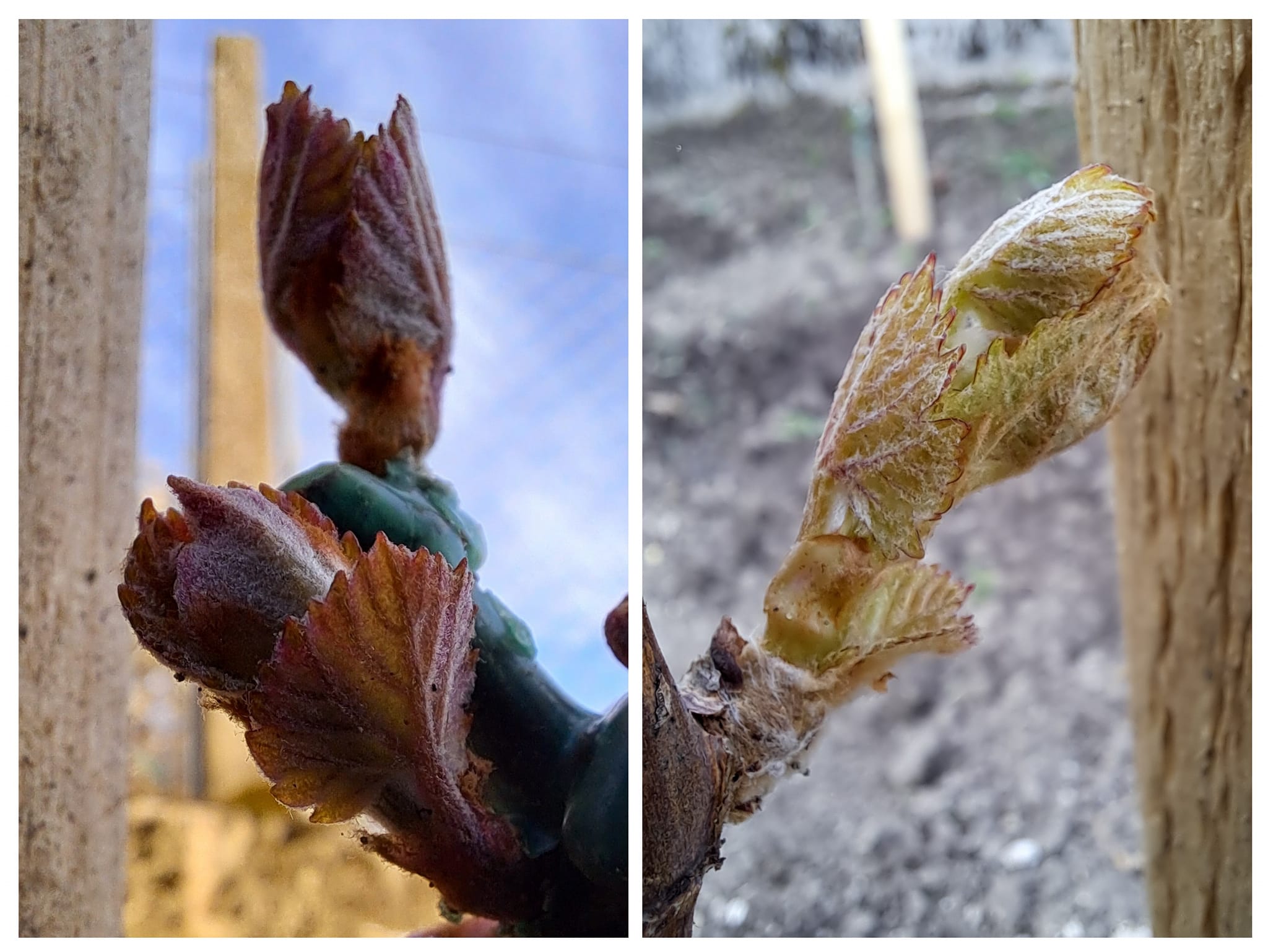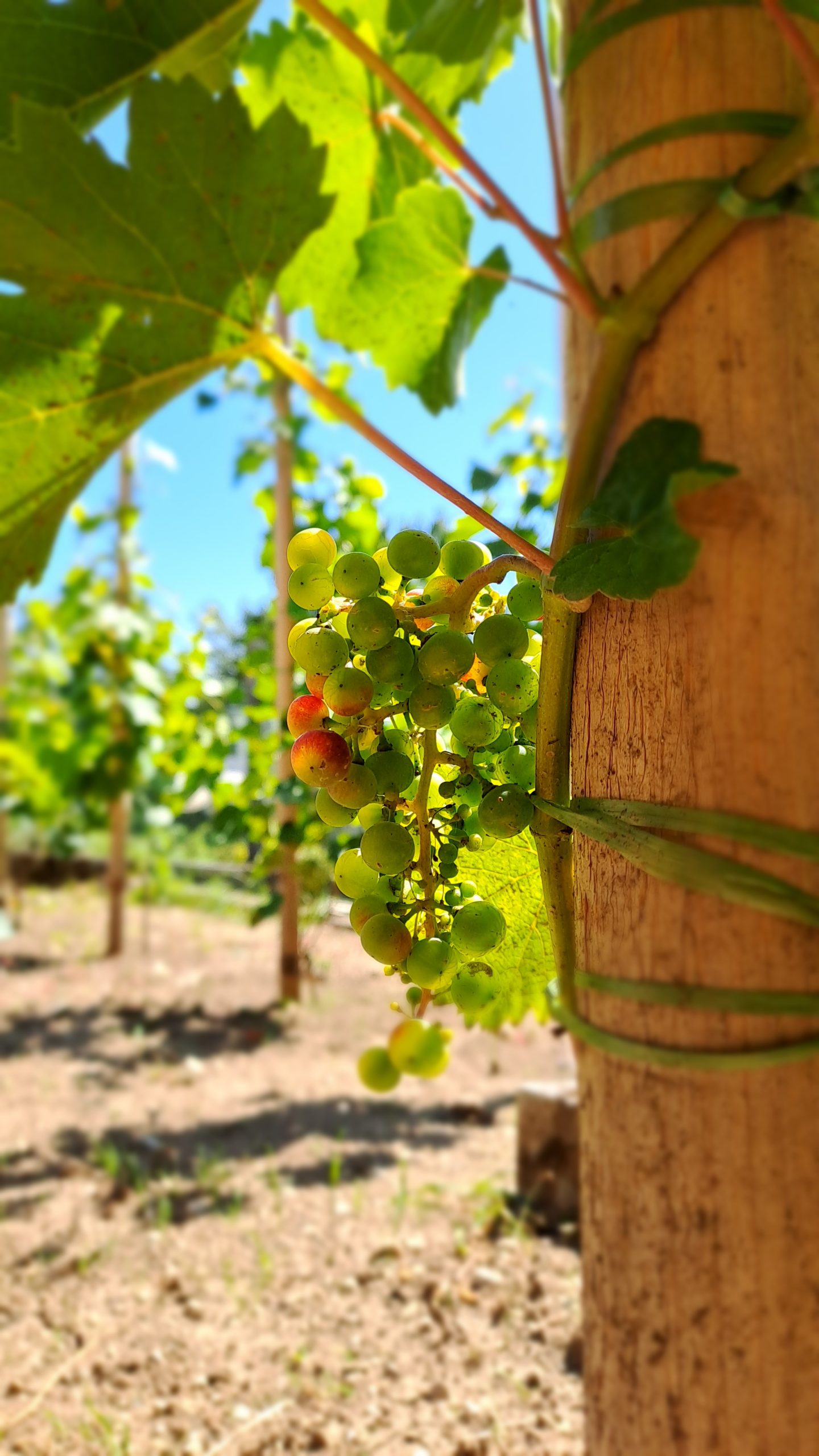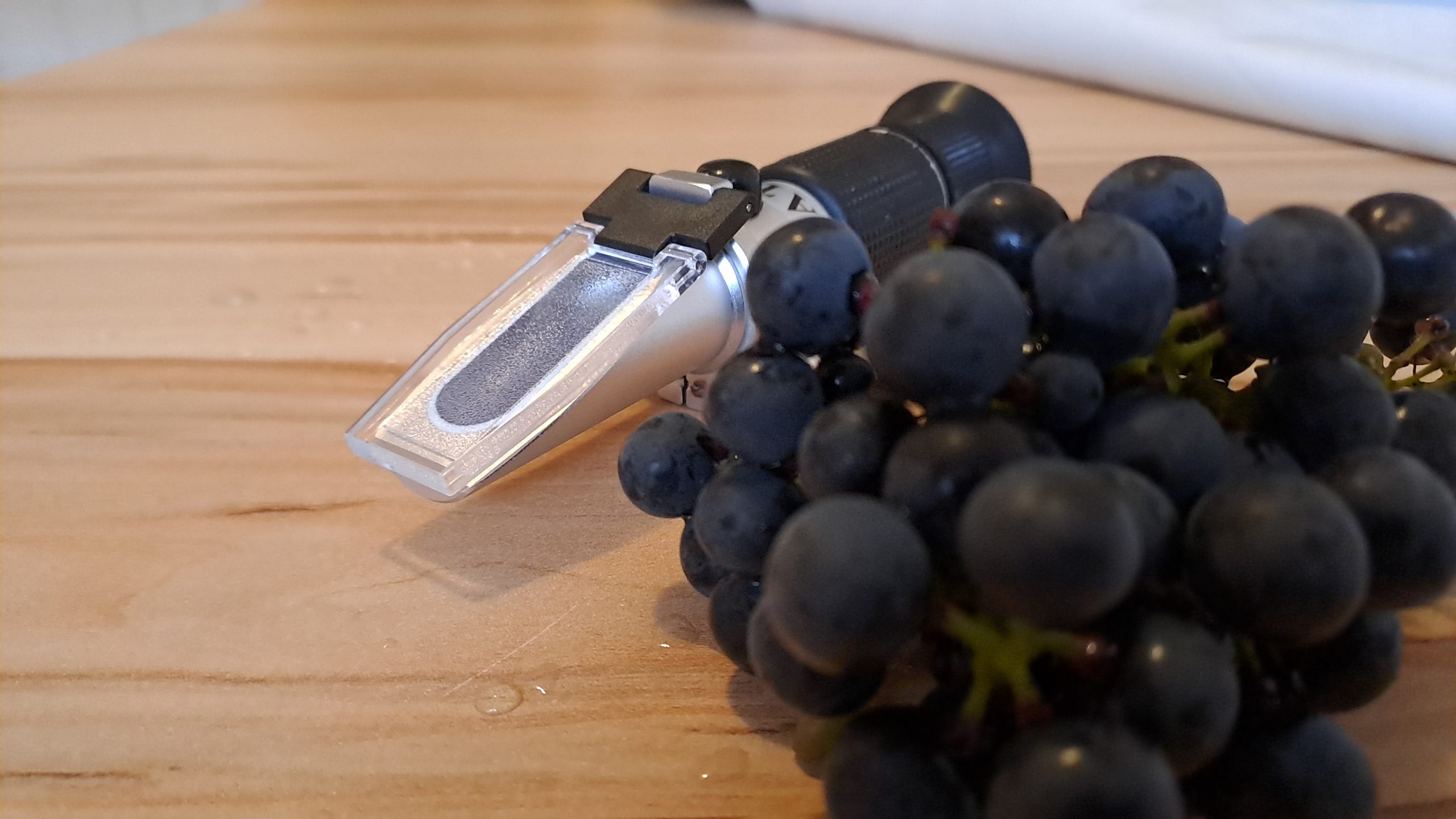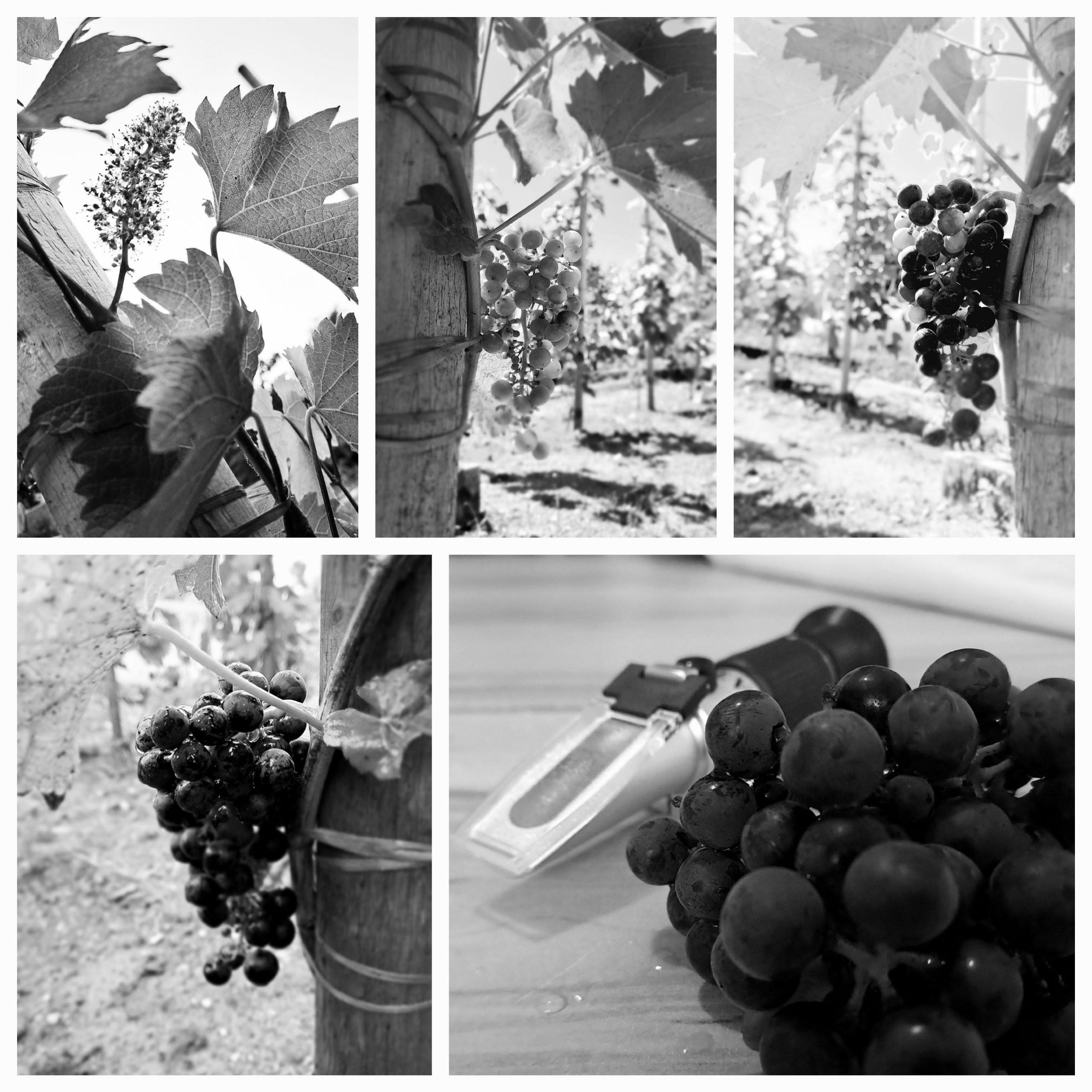Backyard Vineyard
Embarking on my newfound passion for grapevine pruning and exploring the winemaking techniques, I took the leap last year and planted a couple of grapevines in my backyard. Opting for PIWI varieties – new hybrids of European Vitis vinifera and various American and Asian grapevines – my aim was to harness their disease resistance and adaptability to colder climates, all while preserving a wine flavor reminiscent of classic vinifera.
In my experimental vineyard, I meticulously selected three varieties: primarily Regent and Souvignier Gris, complemented by a couple of Muscat Poloskei. This year, I’m toying with the idea of introducing Solaris into the mix. Not being much of a drinker myself, my winery aspirations are decidedly “micro” – envisioning a setup akin to a micro-winery and microbrewing. The initial goal is to produce around 5 liters each of Regent (red or rosé), Souvignier Gris, and potentially Solaris in the years to come, evaluating their success as backyard varietal wines or blending partners.

Within arm’s reach on a pergola by the house, I also tend to a 30-year-old Isabella and a 15-year-old Isabella White. While the former struggles to yield many good grapes, the latter holds promise, suitable for table grapes or juice and perhaps some foxy wine experimentation. I plan to keep the white varietal but have intentions to regraft the Isabella to a more satisfactory blue variety.
Implementing the stake method, I’ve opted to grow Regent and Souvignier, training each vine up a single stake. Regent will follow a spur-pruned vertical cordon approach, while with Souvignier, I may adopt a cane-pruned échalas method. Trellising with stakes will also be used for Muscat, while for Solaris, I’m contemplating the use of the single-cane Guyot method.

I planted five potted Regent vines and five bare-root Souvignier Gris vines in to the ground. The Souvignier Gris displayed remarkably vigorous growth, while the Regent vines exhibited noticeably less. Despite recognizing the general advice to remove all flowers before fruiting in the first two years to encourage robust root development, I chose to let one grape cluster of Regent ripen for evaluation and out of curiosity.
By the end of September, the Regent cluster ripened to 19.5 BRIX of sugar, indicating the potential for an 11.4% vol alcohol wine, assuming my measurements were accurate. For comparison, during the same period, my Isabella White reached only 14.4 BRIX. Unfortunately, I didn’t check the pH or acidity levels.

Late summer brought a prolonged rainy period, resulting in all my new grapes being badly infested with some type of mildew. Whether it was downy or powdery, or another variant, I have yet to identify. I suspect that the bird nets I placed on the vines may have worsened the issue. The cluster, interestingly, wasn’t affected at all. This year, I opted not to intervene with spraying, maintaining a more hands-off approach. However, in the coming year, I’m contemplating using copper to address the mildew problem. While these new hybrids aren’t completely immune to diseases, they do show a certain level of tolerance, requiring considerably less spraying. At least, that should be the case according to theory.
